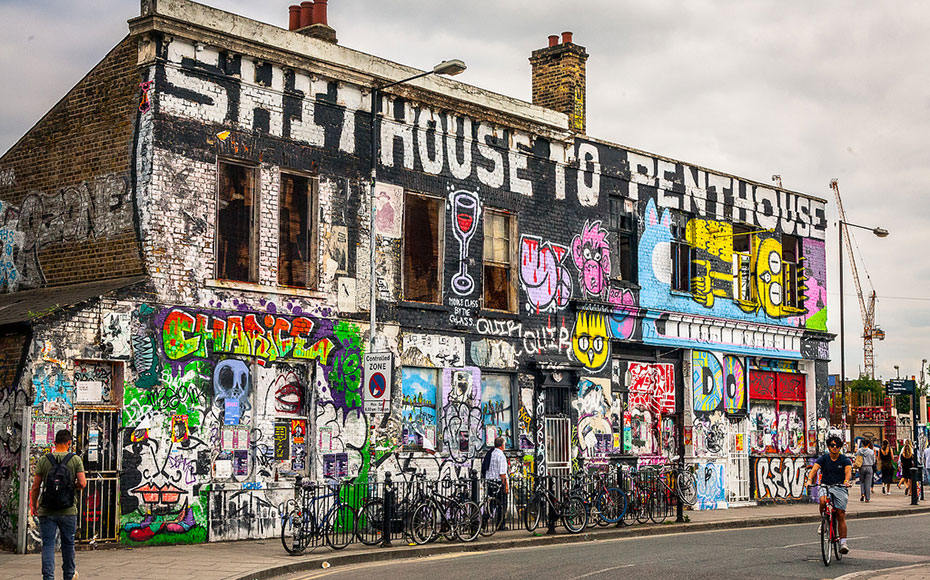?
Is gentrification good, bad or both?
?
Is gentrification good, bad or both?

While some call it ‘gentrification’, others who feel their neighbourhood is under threat call it ‘social cleansing’.
‘Gentrification’ was given its name by british sociologist Ruth Glass, who in 1964 wrote “One by one many of the working class quarters of London have been invaded by the middle-classes…. Once this process of ‘gentrification’ starts in a district it goes on rapidly until all or most of the original working-class occupiers are displaced and the whole social character of the district is changed.” Fifty years later gentrification continues to transform the character and social make-up of traditional communities. Driven by the need for affordable housing and workspace, run-down but well-located neighbourhoods begin to attract a diverse mix of new uses and people, often creatives and start-ups. This influx drives energy and much-needed diversity into run-down areas. Then the new economic activity and atmosphere draw in well-heeled owner-occupiers and investors, driving up property values and rents, driving out lower-income residents and reducing the diversity. This cycle, as it repeats, is destroying the character of successful long-established communities in the UK’s inner cities.
The American author and social activist Jane Jacobs repeatedly witnessed the process in Manhattan and particularly identified how it destroys diversity. But she made an important distinction between ‘good gentrification’ and ‘bad gentrification’: “In poor neighborhoods, a little gentrification, the start of gentrification is usually quite constructive. It’s akin to the improvements in a district where people are finding their feet, doing better, and staying there. That’s internal gentrification which is really the most heartening. But external gentrification is also useful to start with because it brings in new blood, new disposable income, and often helps the pride of the neighborhood because some things are visibly improved, the same as occurs in internal gentrification”.
Social economists have now defined this as ‘first stage’ and ‘second stage’ gentrification. They believe that cities can take steps to enable the beneficial first stage and mitigate the second inequitable stage. The question is how and when to freeze the process? Active steps need to be taken to increase diversity while also protecting existing residents. At a general level this could be achieved through more strategic urban planning and a review of housing policy; whilst at a local level careful infilling and regeneration should take precedence over wholesale redevelopment. Above all the social make-up of the neighbourhood should be understood and the need for diversity factored into the process at the start.